
A commissioner’s work is never done
Human Rights Commissioner Graeme Innes handed over the reins to his successor, Commission President Catherine Branson, earlier this month still wishing he had time to do more.
His time in the role from December 2005 was dominated by the successful Same-Sex: Same Entitlements’ inquiry, which took more than a year to complete and stayed in the headlines.
Inquiries are also costly, but the decision to proceed was not a hard one, Innes told Sydney Star Observer.
For me it was a no-brainer because there was a clear group of the community who were seriously discriminated against. Not just in attitudes, but also in laws on the statute books, simply because of who they loved.
Such an obvious area of discrimination that it took very little time to persuade the Commission that I should embark on that as one of my first tasks.
Innes’s background as a conciliator, hearing commissioner and member of the Administrative Decisions Tribunal had prepared him for some of the shocking stories. And as a person with a visual disability, he also knew first hand what it was like to experience discrimination.
I’m a strong advocate for the Australian fair-go ethos and a person who cares about all members of the community, having an equal go, a fair go, he said. They were stories of people who were treated far differently simply because of who they loved. That challenged all my senses of what is Australian.
I was very moved and shocked by some of the things I heard in the Same-Sex: Same Entitlement’s hearings and when visiting asylum seekers in detention centres. You don’t lose your compassion in this job, in fact it becomes heightened because of the things you come across.
The difficulty and challenge for any human rights commissioner was determining where his or her priorities would be, Innes said. The role itself covers refugees, prisoners, people with criminal records, children and the GLBTI community-”areas which have little in common on the surface.
They do have something in common. They’re all marginalised groups who have serious human rights issues that they’re facing.
The role also covers any people affected by the various human rights treaties and anybody who is affect by a human rights issue not covered by a specific anti-discrimination act. Innes uses the example of violence against women, because it doesn’t always constitute discrimination.
Unlike his fellow commissioners, which have the race, age, sex and disability discrimination acts to provide clear powers and terms of reference, the human rights commissioner is one largely governed by the will of the commission itself.
That’s a plus and a minus, Innes admitted. In some respects people would say it gives you a freer reign. That’s true, it does mean you are free to recommend legislation and policy changes. But on the other hand it’s such a wide area you have to be really focused in how you approach things. If you take the scattergun approach you may achieve very little. My approach was to pick a few areas and get a maximum result.
In that respect, Innes’s decision to focus on same-sex discrimination in legislation just before a new government was open to reform was a moment of great fortune for the gay and lesbian community.
Even in the GLBTI area I felt there were areas we didn’t get to cover as well because we decided to focus on changes of law issue.
Transgender issues, and more education to prevent homophobia, he wanted to cover.
Also, health issues and discrimination in which same-sex couples experience when they want to go into nursing homes for instance. I’d like to address that more with some sort of discrimination law.
Like a human rights version of Maslow’s hierarchy, legislative discrimination needed to be address first, and then attitudes through education and anti-discrimination protections. Both were sorely lacking for the GLBTI community, Innes felt.
We’re very keen to see more education to bring about a stronger human rights culture. There’s a major need for across-the-board human rights education, whether its anti-homophobia, anti-racism, or anti-disability. Australia needs to address that and the Human Rights Commission needs greater resources in order to do that.
Innes said he would have liked to have achieved more, but was very pleased what had been achieved while he was human rights commissioner.
I hasten to say that it’s not what I have achieved, it’s what has been achieved by my very strong and effective team at the commission and equally importantly by strong advocacy by communities affected by human rights breaches. No one person achieves these things; they’re the result of effort by a range of people.
Even though he’s leaving his current human rights commissioner role, Innes will remain at the Commission as the new race discrimination commissioner and continue his role as disability discrimination commissioner. The first tasks that he’s set himself are to listen to the newly arriving communities, particularly from Africa, and to hear more from students about at racial violence.
Also on his mind is that the Race Discrimination Act has not yet been reinstated for Aboriginal people in the Northern Territory, originally set aside by Parliament for the Howard government’s intervention in 2007.
Amid a national consultation debate about the role of the Human Rights Commissioner and how human rights should be protected in Australia, Innes has sided firmly with those seeking a human rights act.
[Some politicians] have said human rights was front of mind in the Parliament, but if that’s correct I don’t understand how it only took them 13 minutes of debate to remove the Racial Discrimination Act. Those two things just don’t line up from my point of view.
Innes was awarded the Gay and Lesbian Community Supporter award by the Gay and Lesbian Rights Lobby in 2008. The same year he marched with the Lobby in the Mardi Gras parade for the first time, and repeated the experience this year with outgoing race discrimination commissioner Tom Calma.
Catherine Branson QC, a Federal Court judge, has assumed the human rights portfolio in the reshuffle, making her the first full-time president of the Commission and the first to combine it with a portfolio.
I think they go well together, Branson said. Many people have trouble distinguishing between the two anyway, but each carries a broad overarching responsibility and some synergies will be obtained by having the president also the human rights commissioners.
Branson said she her priorities for the role were not yet decided and she wanted to meet widely to hear what people had to say. She hoped the GLBTI community would not think its issues would be passed over because of the recent Same-Sex: Same Entitlements work.
I don’t think we can ever say an issue is comprehensively covered because issues don’t remain static as far as human rights are concerned. I’ll welcome the opportunity to meet widely with GLBTI groups and learn more about their current key concerns and priorities.
I’m absolutely persuaded that there are a range of areas where GLBTI people do not enjoy their human rights. Just to begin with there is inadequate protection on the basis of sexual orientation and gender identity at the federal level, that’s an issue I think needs to be addressed. And I’ll be anxious to address it.





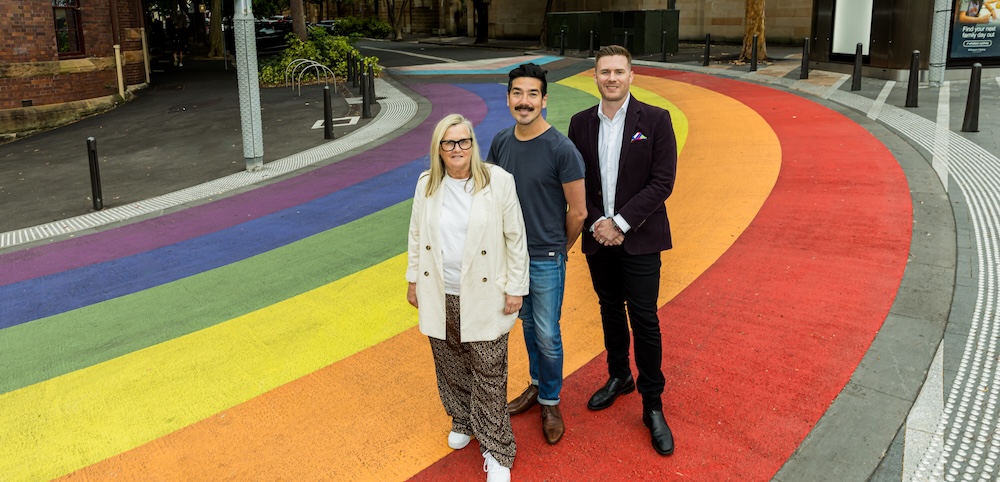
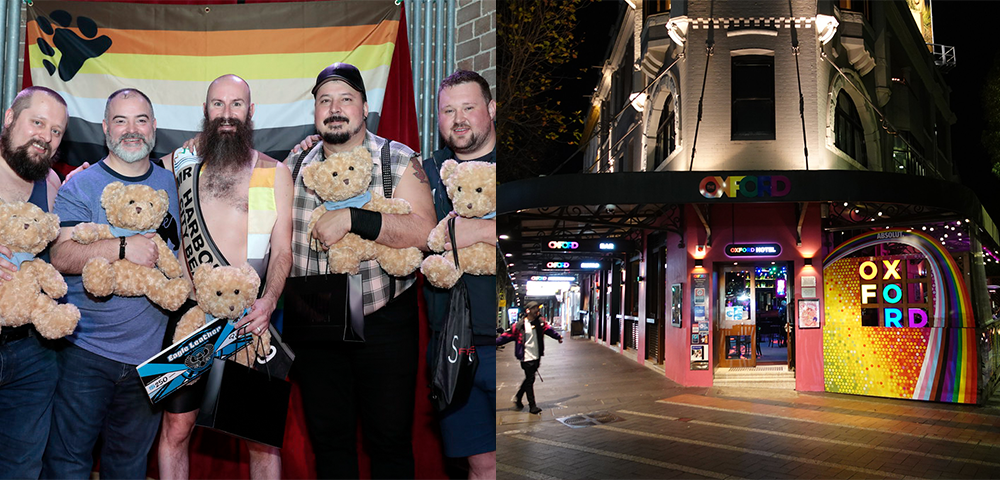
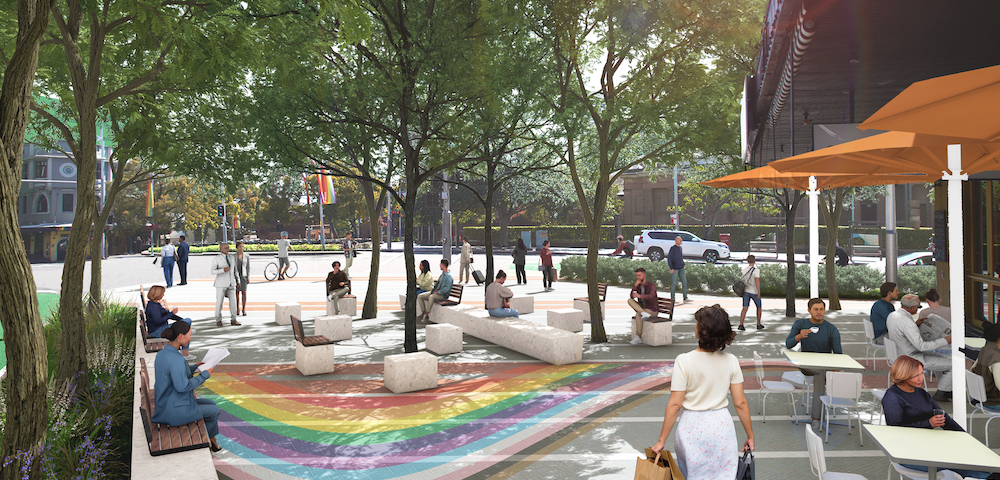
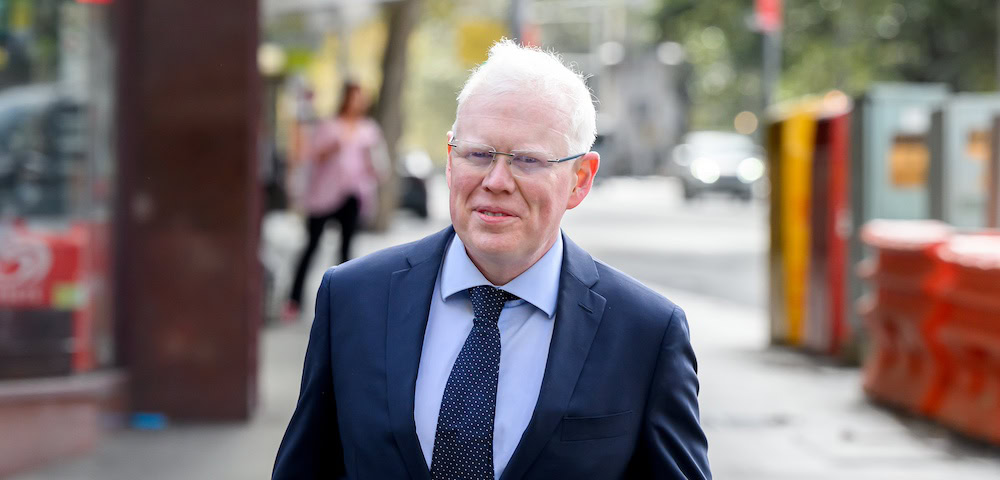
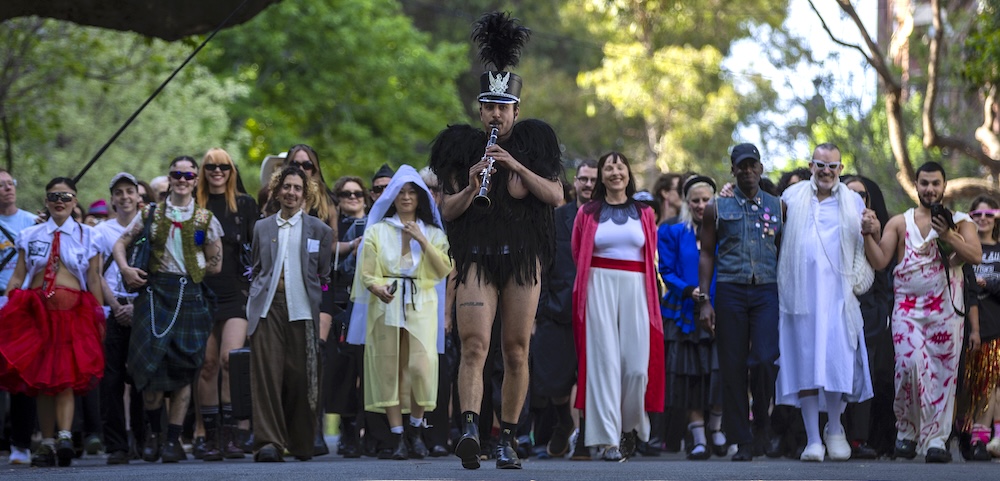
A pedant writes: Graeme Innes is NOT visually disabled. He’s actually quite a spunk. It’s his vision that’s impaired.. Blessings for his successor and many thanks to Graeme for seeing (?) the humanity in all of us.
Dingo vobiscum,
Mother Helen Highwater OPI (Sydney).